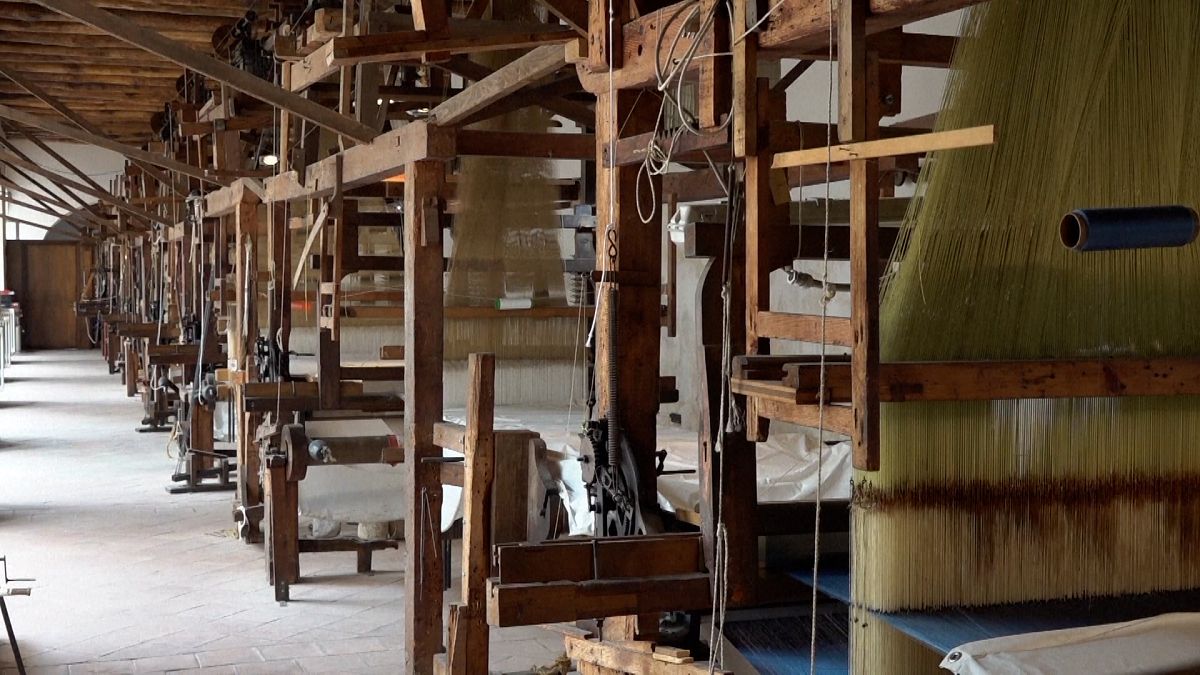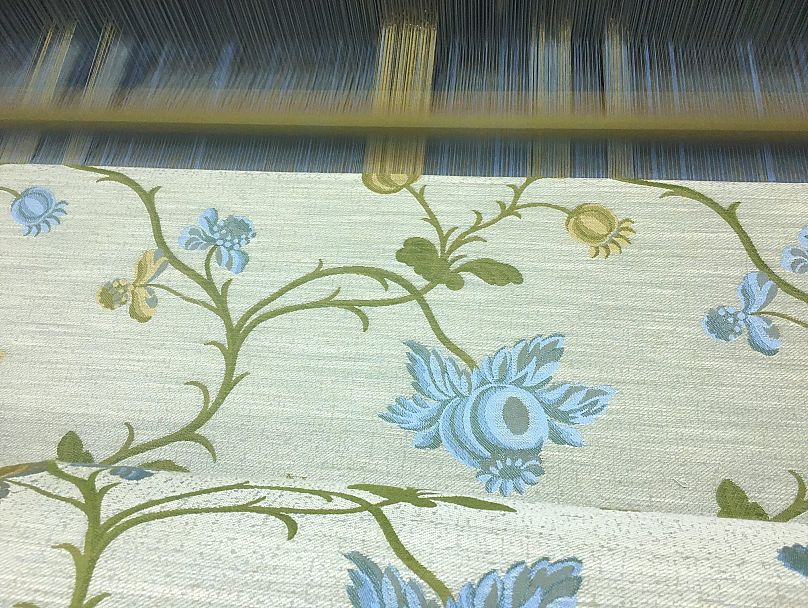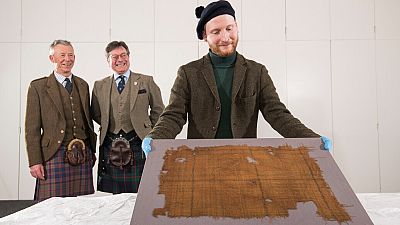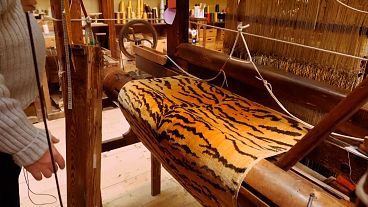An Italian town which used to be a thriving hotspot of the silk industry is struggling to keep the tradition alive.
A tiny workshop producing silk for customers such as the White House and the Pope is one of the last remaining to practice the centuries-old craft in Caserta, in the heart of Italy.
In the late 18th century, King Ferdinand IV of Naples of the House of Bourbon built a summer resort close to the Royal Palace north of Naples in San Leucio. He turned this resort, Belvedere Palace, into a silk factory, and built a community around that with 3,000 inhabitants.
Workers not only received good wages but also accommodation and free education. Women had the same privileges as men.
All the silk was made and woven on location, and master weavers were brought in from other parts of the country and from abroad.
Nowadays, the whole resort is a UNESCO World Heritage site and the Belvedere's many rooms are a museum about silk production.
Only a handful of workshops stayed true to the original craft, but there are growing concerns that they are in danger of disappearing.
Watch the video above to learn more about the two-hundred-year-old silk production in Caserta, Italy.




